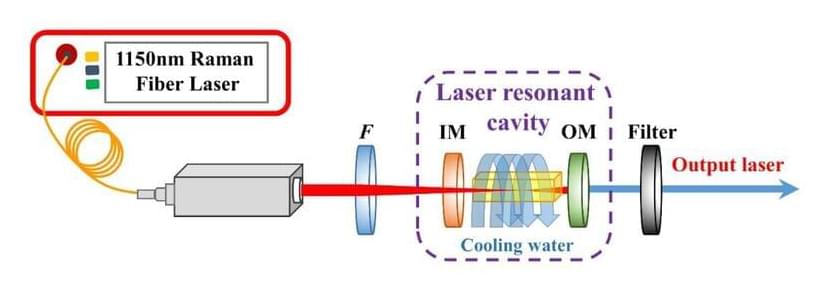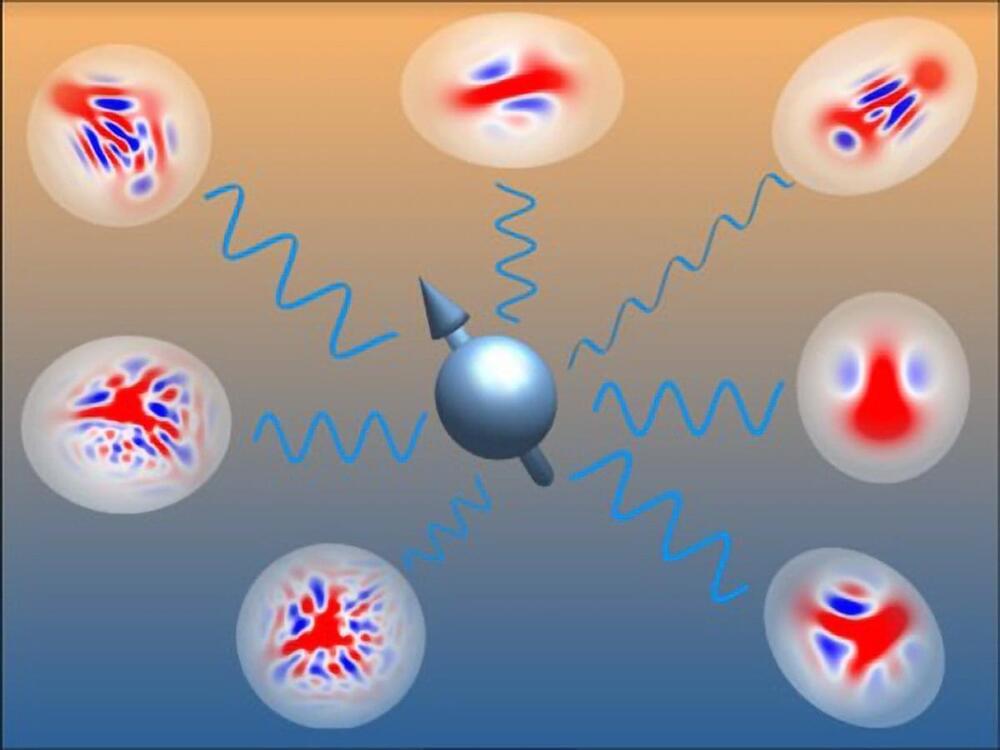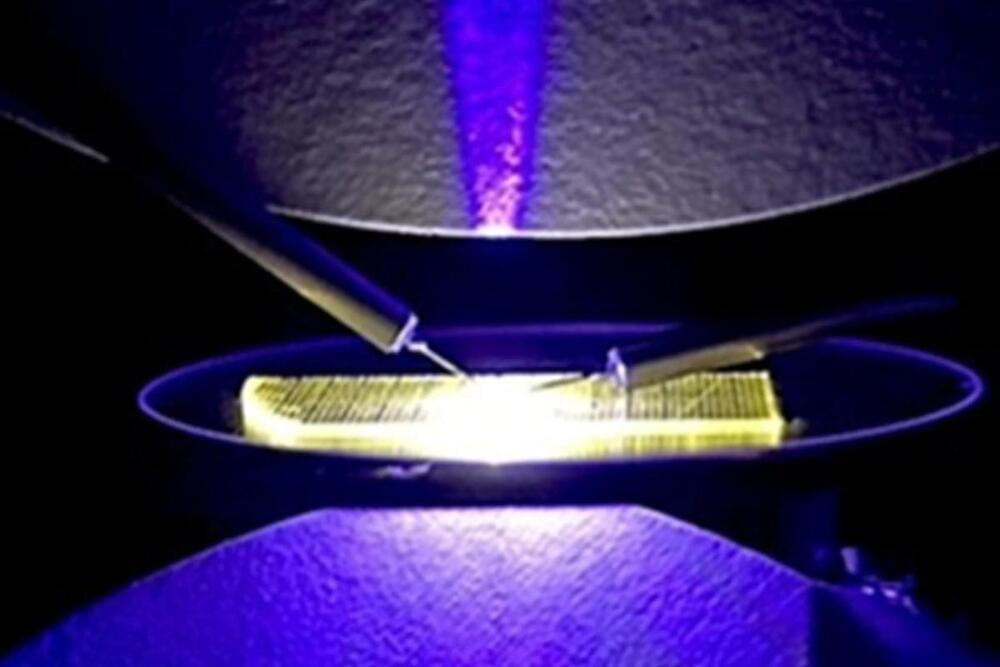Jun 1, 2024
Supercapacitor Discovery Could Allow Laptops to be Charged in Just 1 Minute, Engineer Claims
Posted by Shailesh Prasad in categories: computing, mobile phones, particle physics, sustainability, transportation
A new discovery could pave the way for supercapacitors that can charge phones and laptops in 60 seconds and electric cars in a mere ten minutes.
In a press release, the University of Colorado at Boulder announced that its researchers have achieved a breakthrough when it comes to our understanding of the way charged ion particles behave — a discovery that could be the key to figuring out the logistics for the long-anticipated energy storage capabilities of supercapacitors.
Supercapacitors have long been proposed as a means of charging electronics lightning-fast, but until now, figuring out how to increase the energy density to match or exceed those of lithium-ion batteries has, for the most part, eluded scientists. Compared to conventional batteries, which can store as much as ten times more energy than today’s supercapacitors, this technology has remained in the realm of the possible but not yet practical.
















